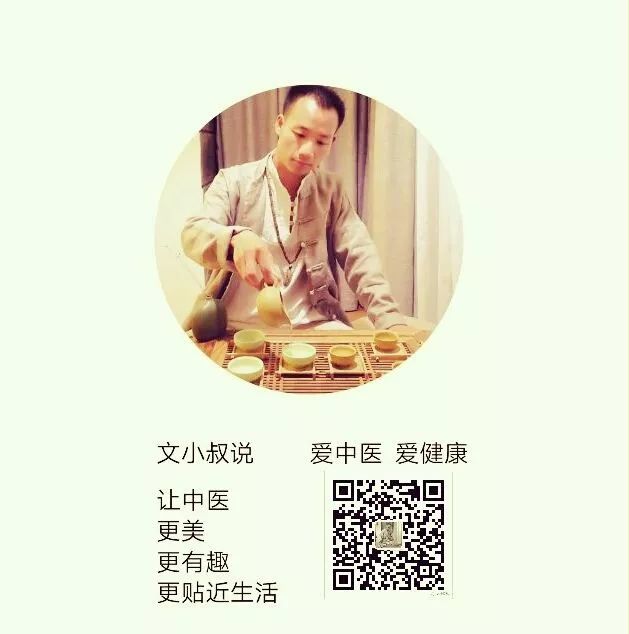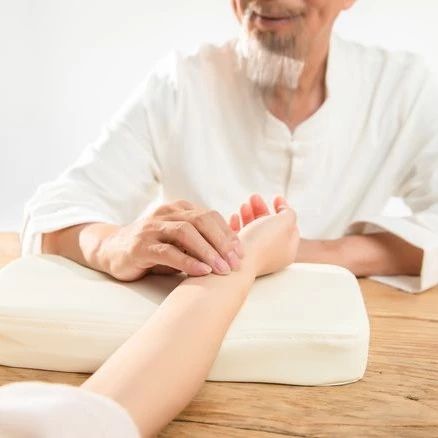Wen Xiaoshu says Making Traditional Chinese Medicine more beautiful, interesting, and closer to life
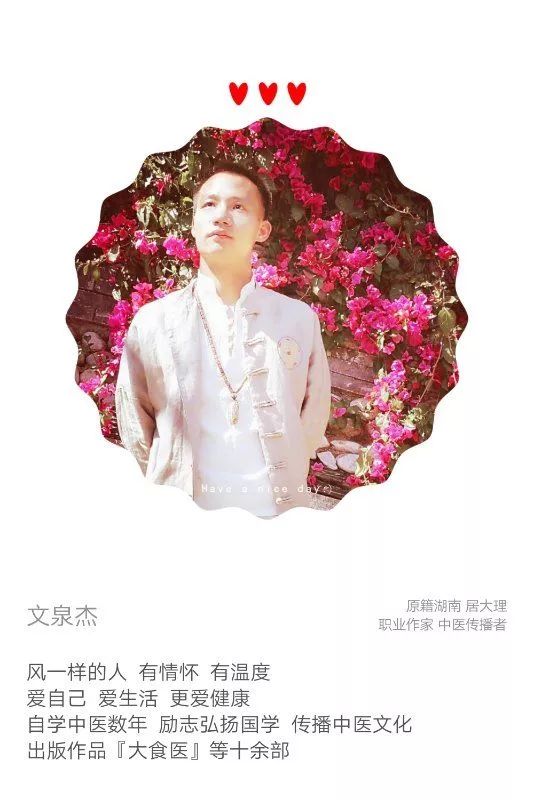
“The key to treating diseases lies in understanding Qi and Blood.” A person’s health standard is sufficient Qi and Blood; if Qi and Blood are insufficient, various diseases arise. How can one determine if they are deficient in Qi and Blood?
Traditional Chinese Medicine (TCM) diagnosis emphasizes the four examinations: observation, listening, inquiry, and palpation. Among these, observation is the most important.
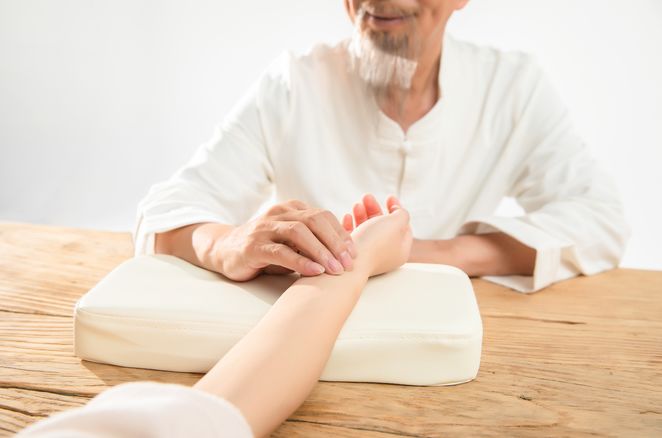
Image source: Shetu Network
Observation includes an important aspect of examining the patient’s complexion; the complexion is a mirror of our body, revealing internal issues. More importantly, the complexion is the most direct manifestation of Qi and Blood on the surface of the body.
Qi and Blood are the foundation of life. If we compare the human body to a growing plant, Qi is like sunlight, and Blood is like rain. Both work together to ensure the healthy operation of the body.
If the body is rich in Qi and Blood, the complexion will be rosy, even without makeup; if Qi and Blood are insufficient, the face will appear aged and dull, showing a state of decline that cannot be concealed by any amount of foundation.

Check 7 Areas to Self-Assess Qi and Blood Deficiency
Qi and Blood deficiency is what we commonly refer to as Qi deficiency and Blood deficiency. Its direct manifestation is the complexion because the organs’ Qi and Blood nourish the exterior, while the organs reside internally, connected by “Qi and Blood“.
Minor Qi and Blood deficiency may not cause significant harm to the body and is often hard to detect in daily life. However, as the saying goes, “What is within must manifest without,” any deficiency in Qi and Blood will lead to abnormal symptoms in certain body parts.
Manifestations of Qi and Blood Deficiency:
①Skin: Rough skin, dull complexion, spots;
Explanation: “The twelve meridians and three hundred sixty-five collaterals all supply Qi and Blood to the face and circulate through the orifices,” meaning that the meridians transport Qi and Blood to the skin. When the skin receives nourishment, it appears rosy; if Qi and Blood are insufficient, it will be dull and feel abnormal.
②Hair: Dull, brittle hair, excessive hair loss, gray hair, split ends;
Explanation: According to the Huangdi Neijing: “Hair is the surplus of Blood,” meaning that hair is a product of Blood. If Qi and Blood are insufficient, the hair will not receive nourishment and will begin to wither and fall out.
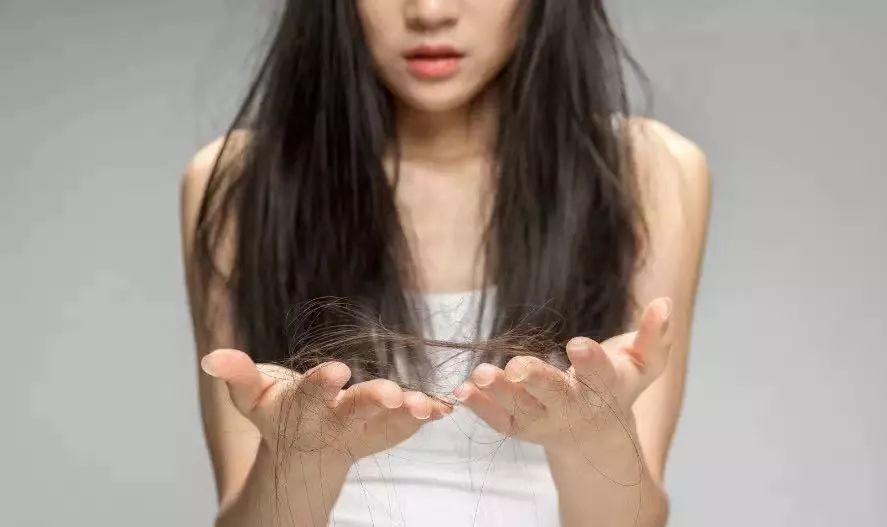
Image source: Shetu Network
③Eyes: Cloudy, yellowish eyes, bloodshot, large eye bags, dry eyes, heavy eyelids;
Explanation: “The blood in the eyes is the source of nourishment for the eyes,” meaning that cloudy and yellowish eyes indicate insufficient Liver Blood; dry eyes and heavy eyelids represent local Qi and Blood deficiency; dull and lifeless eyes indicate Qi and Blood exhaustion.
④Hands and Feet: Cold hands and feet, excessive sweating in the palms;
Explanation: TCM believes that the main reason for cold hands and feet is “poor circulation of Qi and Blood,” meaning that the peripheral blood circulation is poor, and the warmth in the blood cannot reach the limbs, leading to cold hands and feet. Another reason is Qi and Blood deficiency, as some poor circulation is caused by insufficient Qi and Blood.
⑤Ears: Dull, lack of luster, wrinkled ears, even tinnitus;
Explanation: “The heart Qi connects to the tongue, and the orifices are reflected in the ears, nourished by the ears,” meaning that if the heart is deficient and Blood is consumed, it will manifest in the ears.
⑥Gums: Pale gums, receding gums, enlarged gaps between teeth;
Explanation: “Gums are the collaterals of the stomach,” and “the spleen and stomach are interrelated.” If the spleen and stomach Qi is weak, Blood is deficient and cannot nourish the gums, leading to various gum issues.
⑦Sleep: Palpitations, insomnia, poor sleep quality, frequent dreams, easy to wake up, frequent urination at night, heavy breathing or snoring;
Explanation: “If one cannot sleep without disturbance, it must be due to insufficient Ying Qi; Ying governs Blood, and if Blood is deficient, it cannot nourish the heart; if the heart is deficient, the spirit cannot settle,” indicating that many cases of insomnia are caused by Qi and Blood deficiency.

When Qi and Blood are deficient, first check the function of the spleen
TCM believes that the spleen is the source of Qi and Blood production, the heart governs the blood vessels, the liver stores Blood, and the lungs regulate the circulation of Qi and assist the heart in circulating Blood. It seems that all five organs play different roles in the generation and operation of Qi and Blood.
However, the Jinkui Yaolue states: “The Blood of the five organs and six bowels relies entirely on the spleen Qi to govern it,” meaning that the spleen can contain Blood and ensure its normal circulation; it nourishes the Blood of the five organs and six bowels, indicating thatthe source of Qi and Blood and the foundation of the organs are both in the spleen.
This suggests that if you have a Qi and Blood deficiency problem, you should first consider whether there is an issue with the spleen! Why? This requires understanding the relationship between Qi and Blood and the spleen.
1. The spleen is the center of blood production in the body
The spleen is known as the blood reservoir of the body, with blood production and storage functions.
The theory of the spleen producing Blood can be traced back to the Huangdi Neijing in the chapter on “Decision on Qi”: “The middle jiao receives Qi and extracts essence, transforming it into red, which is called Blood,” where the middle jiao refers to the spleen.
The spleen governs transportation and transformation; if the spleen’s function of transporting the essence of food and drink is strong, the body’s digestion and absorption will be sound, providing sufficient raw materials for the production of essence, Qi, Blood, and body fluids, nourishing the organs, meridians, limbs, muscles, skin, and hair.
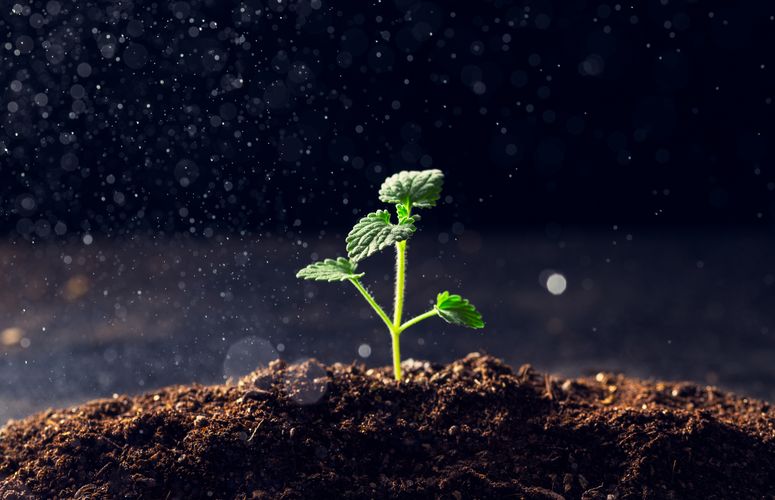
2. The spleen is the commander of blood circulation
The Yixue states: “The spleen governs Blood, thus Blood flows according to the Qi of the spleen.”
“Govern” means to control, indicating that the spleen has the function of regulating Blood and ensuring its circulation within the vessels without overflowing. The spleen acts like a commander controlling the flow of Blood; with a command from the spleen, Blood will obediently “guard” within the vessels and not dare to “escape.”
If the spleen has issues, Blood will escape from the vessels, leading to various bleeding symptoms, which is known as “the spleen does not govern Blood”. This primarily manifests as bleeding from the nose, teeth, skin, hematuria, melena, excessive menstruation, and other symptoms of Blood not following its normal path.
3. The spleen is the center of Qi for the five organs
The Shenwei Lun: “The earth Qi is the spleen and stomach of a person; the spleen governs the Qi of the five organs.”
The essence of the Qi movement in the five organs is that Qi uses the spleen as a pivot, ascending to the heart and lungs, and descending to the liver and kidneys, maintaining the circulation of Qi among the five organs. In other words, Qi is centered in the spleen, promoting Blood circulation to the five organs and nourishing the entire body.
From the above three points, it can be seen that the spleen controls the production, storage, and circulation of Qi and Blood, placing it in a core position. Only when the spleen functions well can Qi and Blood be abundant to nourish the whole body. Conversely, if the spleen is weak, Qi and Blood will be insufficient. Therefore, when Qi and Blood are deficient, the first step is to check the function of the spleen.

What are some practical “Qi and Blood Nourishing Methods” for daily use?
People of all ages may experience Qi and Blood deficiency. Once Qi and Blood deficiency occurs, it affects and harms the body’s health. Therefore, when you feel symptoms of Qi and Blood deficiency, you should adjust promptly.
1. Nourishing Qi and Blood Method One:Strengthening the Spleen and Stomach
As mentioned above, the spleen plays a crucial role in Qi and Blood. The Shenzhen Yishu also states: “If the spleen is deficient, all organs will lack vitality.” Therefore, regulating Qi and Blood deficiency requires nourishing the spleen as the key to nourishing Qi and Blood.
-
Dietary Therapy:
The first recommendation for nourishing both Qi and Blood isGui Pi Tang (Restore the Spleen Decoction). This famous formula, created by the Song Dynasty physician Yan Yonghe based on the theory of “two Yin diseases arising from the heart and spleen,” is practical and not harsh, combining gentleness with strength. It nourishes both Qi and Blood, strengthens the spleen and heart, and is a formula fornourishing both Qi and Blood, and harmonizing the heart and spleen.
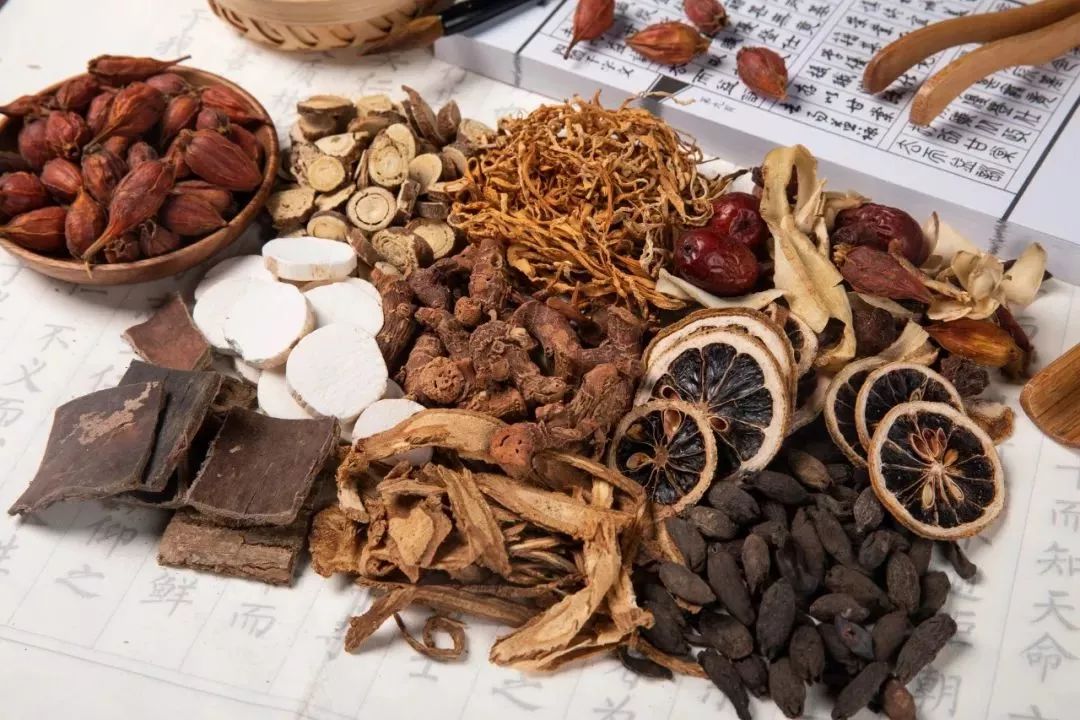
Difference Between Gui Pi Tang and Gui Pi Wan
Gui Pi Tang and Gui Pi Wan are similar in terms of ingredients and effects.
However, there is a saying in medicine: “Decoctions are for quick effects, while pills are for gradual effects.” Decoctions are suitable for more severe conditions to achieve quick results; pills, with smaller dosages, are convenient for continued use after improvement, hence the term gradual.
Additionally, among many nourishing foods, one ingredient can nourish Yin and Qi, thus helping to restore Qi and Blood, which isHuang Jing (Polygonatum). Li Shizhen emphasized its effects in his work Bencao Gangmu as “nourishing all deficiencies, replenishing essence, and harmonizing Qi and Blood.”
-
Moxibustion:
Moxibustion to strengthen the spleen and stomach can be applied at the pointsZhongwan, Zusanli, Sanyinjiao, Chengshan. Using these points together can strengthen the spleen and benefit the stomach; normal spleen and stomach function is essential for abundant Qi and Blood, and moxibustion can naturally strengthen the body and promote health.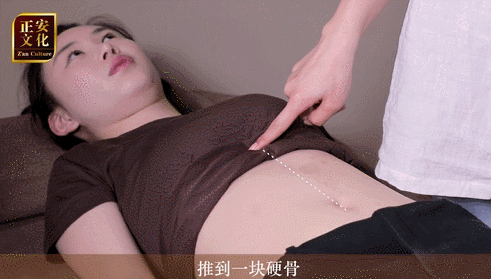 2. Nourishing Qi and Blood Method Two:Nourishing Liver Blood “Liver stagnation leads to spleen deficiency,” as the liver stores Blood and regulates the spleen and stomach’s function, nourishing Liver Blood is also a crucial step in regulating Qi and Blood.
2. Nourishing Qi and Blood Method Two:Nourishing Liver Blood “Liver stagnation leads to spleen deficiency,” as the liver stores Blood and regulates the spleen and stomach’s function, nourishing Liver Blood is also a crucial step in regulating Qi and Blood.
-
Daily “Four Less” to Follow:
This means paying attention to a balanced diet, maintaining regular daily routines, and practicing moderation in desires.①Less Staying Up Late: During sleep, the blood flow to the liver is seven times that of standing, so try to stay up late less.②Less Anger: Outbursts of anger can harm the liver and spleen, leading to Qi and Blood depletion; maintaining emotional stability is essential.③Less Eye Strain: The liver stores Blood and opens to the eyes; prolonged viewing can harm the liver, so avoid excessive eye strain.④Less Alcohol Consumption: Excessive drinking can deplete Liver Blood, leading to liver damage and various diseases.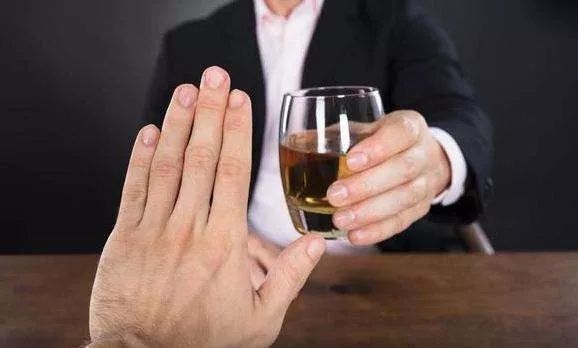 Image source: Network, please contact for deletion if infringing
Image source: Network, please contact for deletion if infringing
-
Rubbing Hands – The Simplest and Most Practical Method for Nourishing Blood and Protecting the Liver
Extend both hands, palms facing each other, rub up and down, then perform the “Yin-Yang Embrace” motion—right hand covering the left hand. After doing this in the morning, you can practice again between 11 AM and 1 PM; this is the simplest and most practical method for nourishing Blood and protecting the liver. From the perspective of meridians, the palm has the Laogong point of the Pericardium Meridian, which governs Blood; warming the palms will promote blood circulation.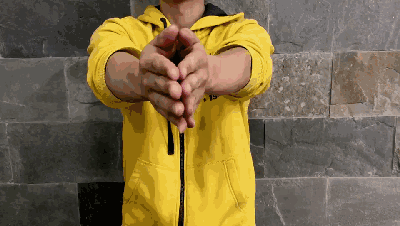 3. Nourishing Qi and Blood Method Three:Avoiding Cold Evil“Blood flows when warm and coagulates when cold,” meaning that cold evil can cause blood stagnation, leading to obstructed meridians and hindered Qi and Blood production. A typical example is cold hands and feet in winter. Therefore, we should pay attention to avoiding cold evil; in autumn and winter, we should keep warm, frequently soak our feet in warm water, and regularly massage, which is beneficial for the body!This article is selected from “Zheng’an Gathering Friends”Special Reminder:A beautiful day begins! If you like the article, don’t forget to click the “Looking” button at the bottom right of the article or share it with your friends.Another public account of Xiaoshu——“Wen Xiaoshu Talks History”, please search and follow on WeChat.Due to limited energy and ability, WeChat regulations only allow for 100 selections, and I cannot reply to all messages; please forgive me.Benefits are here:Open the public account dialogue box and enter “Irregular Menstruation,” “Cold,” “Hair Loss,” “Cold Hands and Feet,” “Stomach Pain,” “Liver Qi Stagnation,” “Sperm Damage,” “Heat Above and Cold Below,” “Spleen and Stomach,” “Insomnia,” “Dampness Removal,” “Qi and Blood,” “Weight Loss,” “Constipation,” “Diarrhea,” “Kidney Deficiency,” “Acne,” “Cough,” “Rhinitis,” “Cervical Spondylosis,” “Depression” to obtain corresponding conditioning formulas.
3. Nourishing Qi and Blood Method Three:Avoiding Cold Evil“Blood flows when warm and coagulates when cold,” meaning that cold evil can cause blood stagnation, leading to obstructed meridians and hindered Qi and Blood production. A typical example is cold hands and feet in winter. Therefore, we should pay attention to avoiding cold evil; in autumn and winter, we should keep warm, frequently soak our feet in warm water, and regularly massage, which is beneficial for the body!This article is selected from “Zheng’an Gathering Friends”Special Reminder:A beautiful day begins! If you like the article, don’t forget to click the “Looking” button at the bottom right of the article or share it with your friends.Another public account of Xiaoshu——“Wen Xiaoshu Talks History”, please search and follow on WeChat.Due to limited energy and ability, WeChat regulations only allow for 100 selections, and I cannot reply to all messages; please forgive me.Benefits are here:Open the public account dialogue box and enter “Irregular Menstruation,” “Cold,” “Hair Loss,” “Cold Hands and Feet,” “Stomach Pain,” “Liver Qi Stagnation,” “Sperm Damage,” “Heat Above and Cold Below,” “Spleen and Stomach,” “Insomnia,” “Dampness Removal,” “Qi and Blood,” “Weight Loss,” “Constipation,” “Diarrhea,” “Kidney Deficiency,” “Acne,” “Cough,” “Rhinitis,” “Cervical Spondylosis,” “Depression” to obtain corresponding conditioning formulas.